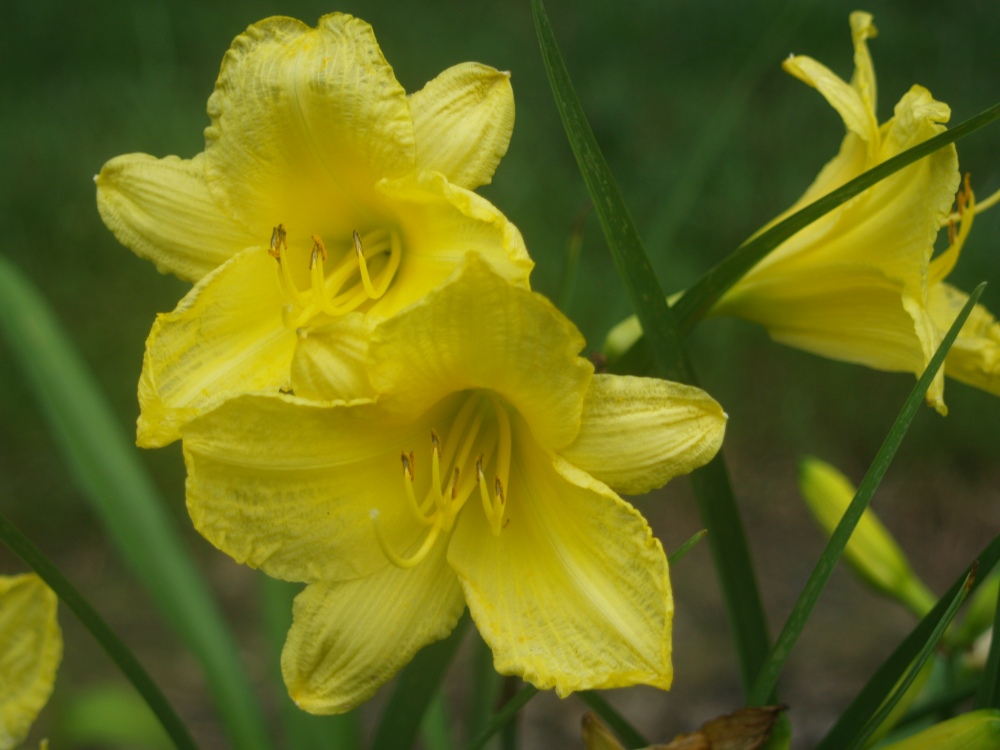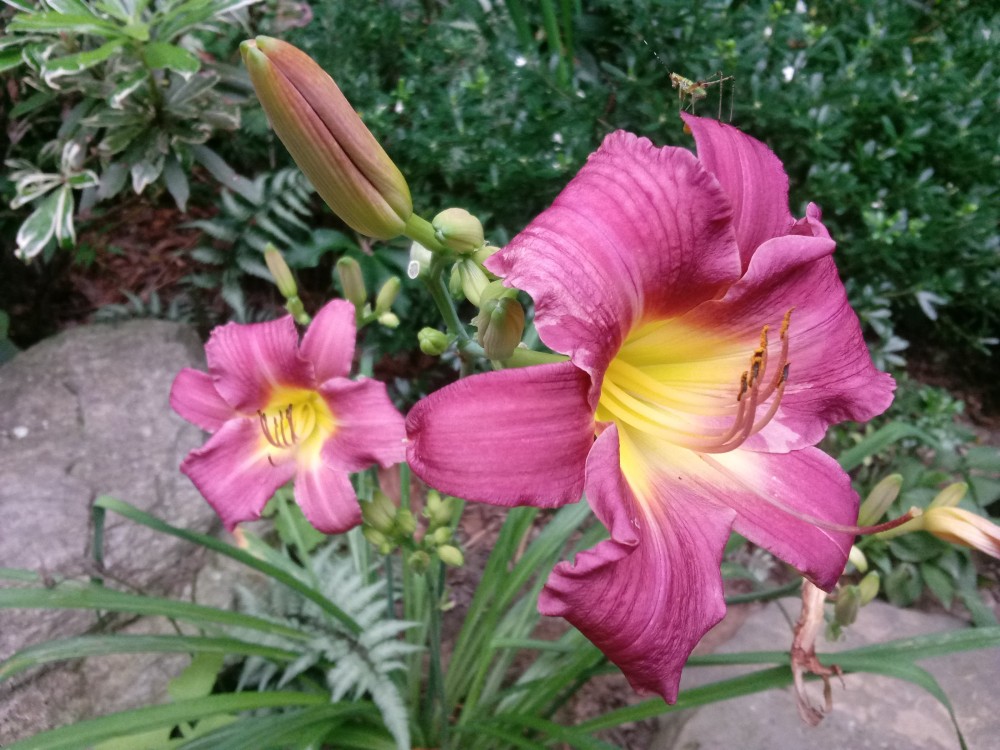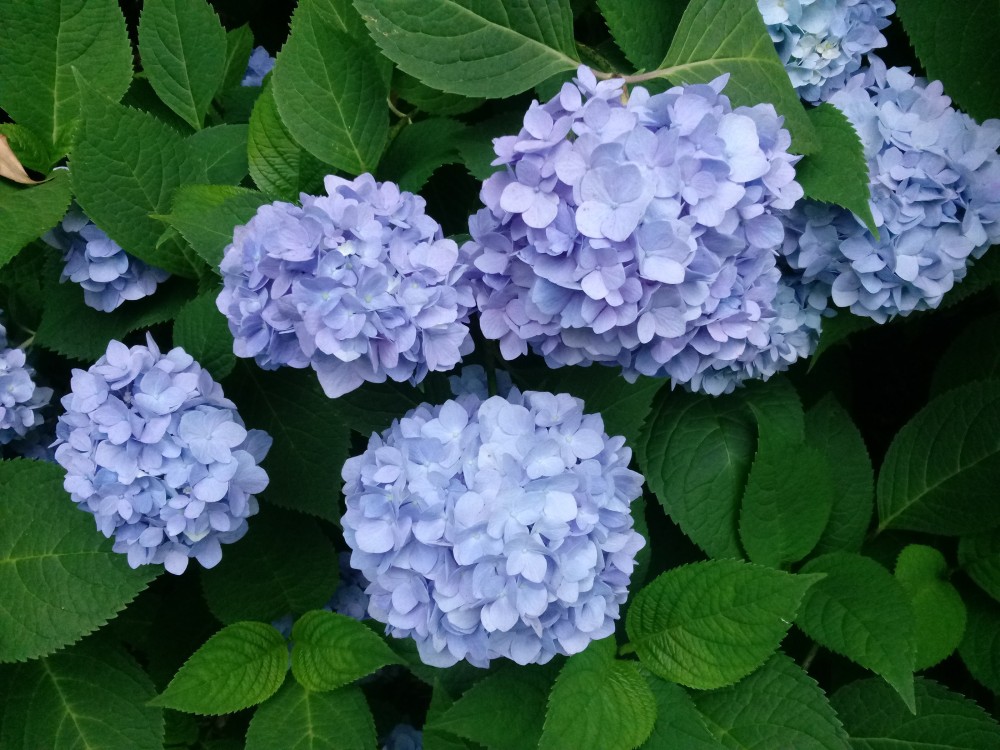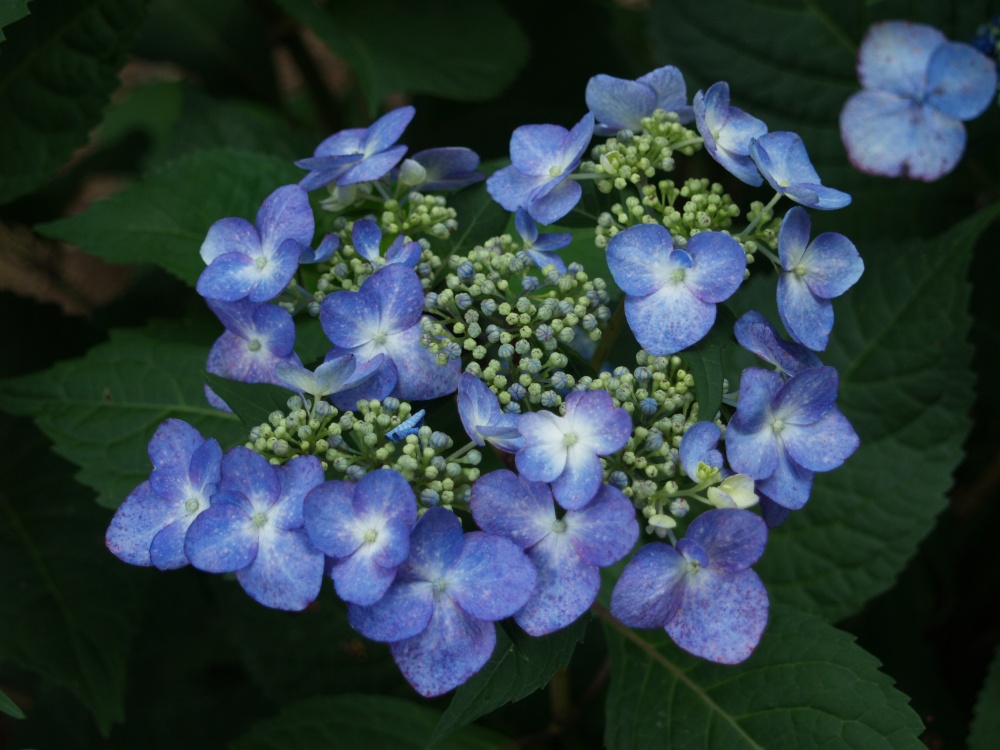Few daylilies remain from days when dozens were scattered through sunny parts of the garden. I fondly recall a large, white flowered variety, but not its name, or why I let a dozen cultivars fade and disappear. I now regret the lack of attention.
Certainly, other plants have come and gone as the garden has matured over three decades from mostly sunny, to only a few spots where the sun peaks in. With most, there was an opportunity over several years to rescue them to move to sunnier environs, but there were either few spaces available, or the plants lacked the favor to motivate transplanting.

The wonderful thing about the garden is that few tasks must absolutely be done today, and some must not be accomplished this year, or even next. But, for every task that has been set aside without an issue, there’s another that hasn’t worked out so well. I don’t know that I’ve gained any urgency as I’ve become more experienced (older), but there are more regrets over lost opportunities that were hardly given a thought years ago. Today, I see a splendid, tall stemmed daylily in the garden center, or in a catalog, and I’m discouraged thinking back over ones that I neglected and lost. So, now there are a few handfuls remaining of the most basic daylilies, and the more exceptional individuals are gone with no plans for additions.
Mophead hydrangeas (Hydrangea macrophylla, above) are at their best today, aided considerably by our late spring deluges. Mopheads have been disappointing in recent years due to fluctuations in late winter temperatures that encouraged new growth, then damaged it with blasts of cold. Slightly less showy lacecap (below) and Oakleaf hydrangeas (Hydrangea quercifolia) clearly have a sturdier constitution, so these have not suffered noticeably as temperatures change from seventy to twenty degrees in early spring. 
Overly lush Mophead hydrangeas are likely to wilt over the next week as summer temperatures rise into the mid-nineties. Adequate soil moisture remains, but soft wooded hydrangeas are prone to afternoon wilting, which is worrying, but rarely amounts to anything.
Thank you Dave. Great pics as always! 😀
A white daylily?! The closest that I have ever seen (in bloom) are just very pale yellow, or white with a dark center. The white daylilies with yellow centers are probably as close to white as I have seen, but only in pictures. But, you know, perhaps the white with yellow centers looks better for daylilies than pure white. You know how some flowers just do not excel in certain colors. . . like pink hydrangeas. That is all we get in the Santa Clara Valley if we do not give them bluing. Blue hydrangeas turn pink or purple. I world with several blue ones now in the Santa Cruz mountains, but they are fertilized for that color.
The white daylily was Joan Senior, with a small yellow center. Here, we have no problem getting blue flowers on hydrangeas. Our soils are acidic, so we’re surprised when a hydrangea is not blue.